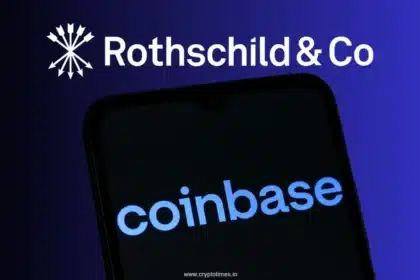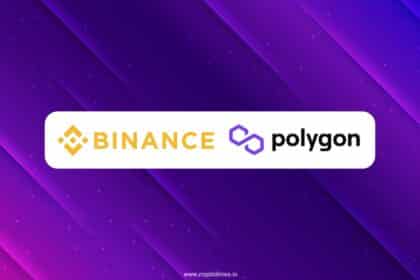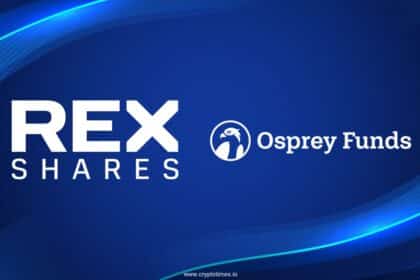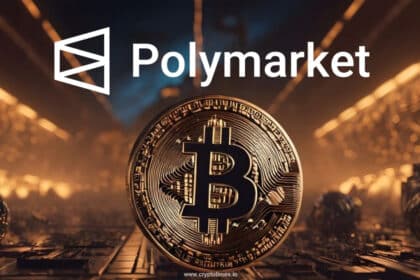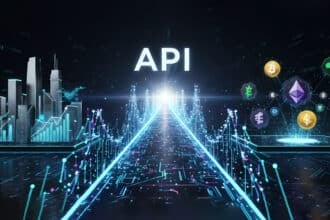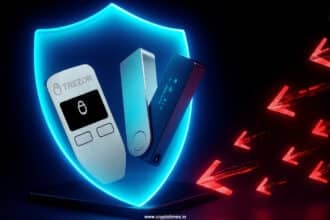Venture capital funds, fine art, luxury real estate properties, and other assets previously reserved for the highly affluent or institutional investors are now within reach of a broader range of investors, thanks to fractional ownership enabled by tokenization.
According to crypto experts, we should expect bonds, commodities, and private equity funds to lead the mass adoption of dividing assets into secure and tradable tokens. Tokenization has the additional advantage of ensuring authenticity and provenance and alleviating concerns surrounding asset ownership.
Tokenization in Art: No Longer an Elite Forte!
High-value artworks, particularly those created by historic artists, were previously inaccessible to the average investor before the advent of tokenization. The exclusivity arose from issues such as complex ownership structures, prohibitive costs, and limited liquidity. The processes of authentication, storage, and insurance that investors must navigate are costly and time-consuming.
Masterpieces often sell for hundreds of thousands, which is beyond the average person’s reach. Selling an artwork can take months or years, and brokers or auction houses manage the transactions, increasing costs and barriers to entry and keeping potential investors from participating in this lucrative asset class.
Fractional ownership democratizes access to fine art
Gleec, an integrated blockchain ecosystem, powers a token that has transformed art investment and ownership: Raphael Coin (RAPH). RAPH introduces fractional ownership of the rediscovered masterpiece by Renaissance artist Raphael, “Recto: Study for the Battle of the Milvian Bridge.” Investors acquire RAPH tokens, which represent their ownership of the artwork, and these tokens are easily tradable, thereby increasing access to the market.
The standalone blockchain that supports Raphael Coin operates using a delayed Proof-of-Work consensus mechanism to guarantee security, maintain platform integrity, and protect the network against 51% attacks. All transactions involving the shares are registered on an immutable ledger, ensuring transparency, traceability, and protection against fraud. The decentralized system enables secure and direct exchanges between participants.
In addition to providing the associated infrastructure, Gleec features an exchange, crypto cards, banking, decentralized trading, and secure communications within a regulated and compliant environment.
NFTs have played a role by allowing artists to tokenize their works, paving the way for an innovative market of provenance and ownership.
Tokenization in Real Estate and Commodities
Commodities could also be tokenized similarly to art. Investors hold digital tokens that represent shares of assets such as gold, crops, or oil recorded on a blockchain. The commodity is easier to divide and trade, as each token represents a part, simplifying buying and selling, increasing liquidity, and offering access to previously impenetrable markets. Tokenizing gold, silver, and other precious metals enables investors to hold small fractions without the need for physical storage. The process increases access to the assets and facilitates portfolio diversification and hedging.
Moreover, agricultural resources can be tokenized, creating a secure record that represents a product and bringing cost reduction, openness, efficiency, and safety to commodity trading for smaller investors.
Tokenization of real estate is a well-known use case. Real estate properties are split into smaller pieces, and holders can prove ownership using a private key. Anyone who wants to buy, rent, or finance a property learns its history using this system. There are transparent and immutable records of past transactions involving the property, including any outstanding debt.
Technology on the Verge: Tokenization Meets Real-World Use Cases
As tech, legal frameworks, and societal norms advance, cultural heritage, intangible assets, future earnings, and even experiences and emotions will become subject to the inevitable process of tokenization. Communities will control, license, and share tokenized oral traditions or indigenous knowledge. Language tokens can preserve endangered dialects or entire languages facing attrition.
Creators can tokenize a portion of their future income (e.g., selling shares of future revenue). Professionals such as athletes and artists can issue tokens tied to future earnings or royalties. Finally, imagine being able to capture a memory in a token. Shared, verifiable memory tokens will be tied to real-world experiences, such as important events.
Benefits of Tokenization: Transparent and Faster Markets
The most compelling benefit of tokenization is market improvement. Markets will operate more affordably, transparently, accessibly, and quickly, i.e., transferring security and payment simultaneously. Post-trade automation eliminates multi-day settlement periods, enabling trading around the clock and improving liquidity by bringing additional supply and demand to markets.
Likewise, the transition to smart contract-enabled technologies will reduce the number of intermediaries needed or even eliminate them (and their fees). All of the above processes require time to materialize, but they are entirely attainable.
A tokenized future requires regulatory clarity and standardized norms. There are also technological challenges, such as interoperability between blockchains, cybersecurity, scalability, and network protection. These may seem daunting, but are solvable.
Also Read: WhiteRock: Enabling Tokenization of RWAs and On-Chain Trading
Final Words: What Future Holds
Looking to the future, one might ponder what the finance industry will look like once all network components support tokenization and the specific changes that will affect global markets in terms of accessibility and efficiency. The aspects of asset tokenization are multifaceted, with a myriad of challenges, benefits, and long-term implications. However, a tokenized future is a matter of when, not if.


